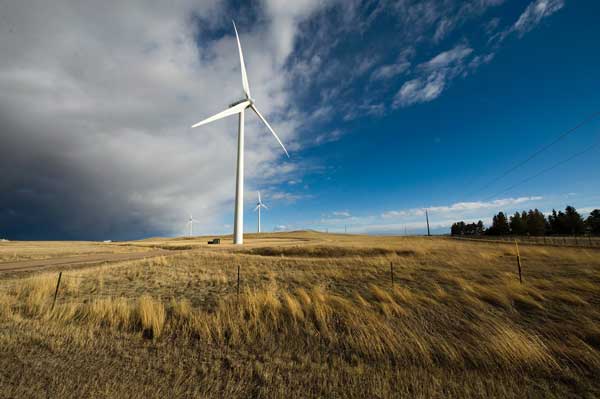We’ve been writing about horror stories; a customer buying millions of dollars in spares and inventory from their OEM only to carry that inventory and cost on their books for years. They were told this inventory was critical. Wind turbines require spares, sometimes gearboxes and downtime means top line impact or worse – contractual default. They expected to save money by carrying spares.
What if inventory management, supplier T&Cs could be driven Just-in-Time without the fear of delay? What if you knew what components and systems were projected to fail, when and where, and could locate inventory and services in a logical location and at the time it’s needed? Sound far-fetched?
Today it’s possible to build a predictive model of a drivetrain and critical component failure rates. That predictive model can drive a prioritized component replacement plan and schedule, prioritize the purchase of subcomponent parts and up-tower replacement services, and do it at a lower cost than you’re doing it today.
Instead of looking at FSAs or hybrid models for post warranty services, a new model is emerging – called automation. This model is mature in other industries but new for wind. We project you could save 13% of your O&M spend and potentially reduce your total energy costs by $10 per MWh.
We know this because we’re laying the groundwork for this automation with many energy companies today, just as we’ve already seen in the aerospace, defense and industrial markets. It starts with knowing what parts and systems within your assets will fail and interfacing that information to the supply channel.
Most companies use diagnostics in their O&M strategies, which are helpful, but they lack in their capabilities of helping an operator strategize actions that will most significantly impact their budgets. Diagnostics alert the customer to the problem too late in the process. The parts have already failed when they begin to vibrate.
We have a solution that details which parts and systems will fail long before they do. In some cases, you can know years in advance and create forecasts with your approved suppliers to get preferred pricing and delivery. The key is having the information and the time. In fact, if you had both, you could also reduce warranty and extended warranty costs.
The US DoD funded Sentient Science to look at material sciences to understand crack initiation and propagation in rotating components like gearboxes and drivetrains. They asked if we could know when rotating components under actual loading conditions would begin to fail and then tell the operator as early as possible how to extend life and reduce O&M costs. We did it on Apache, Blackhawk, Osprey, JSF, Hubble and now on your wind turbine gearbox. We have examples.
So you say it’s far-fetched?
This year, we have 18,000 gearboxes now under contract to provide insight into what’s failing, where and when. I’d be glad to share examples. With this failure data, we are beginning to share multi-year component replacement forecasts with our operator approved suppliers who can better plan and reduce their costs. By next year, we’ll show examples of new agreements that tie approved suppliers closer to operators who will “Buy on Life” not just price for their critical components.
And they will buy them, place them and install them without the inventory carrying costs.
This blog was written by Edward Wagner, Sentient’s Chief Digital Officer.
